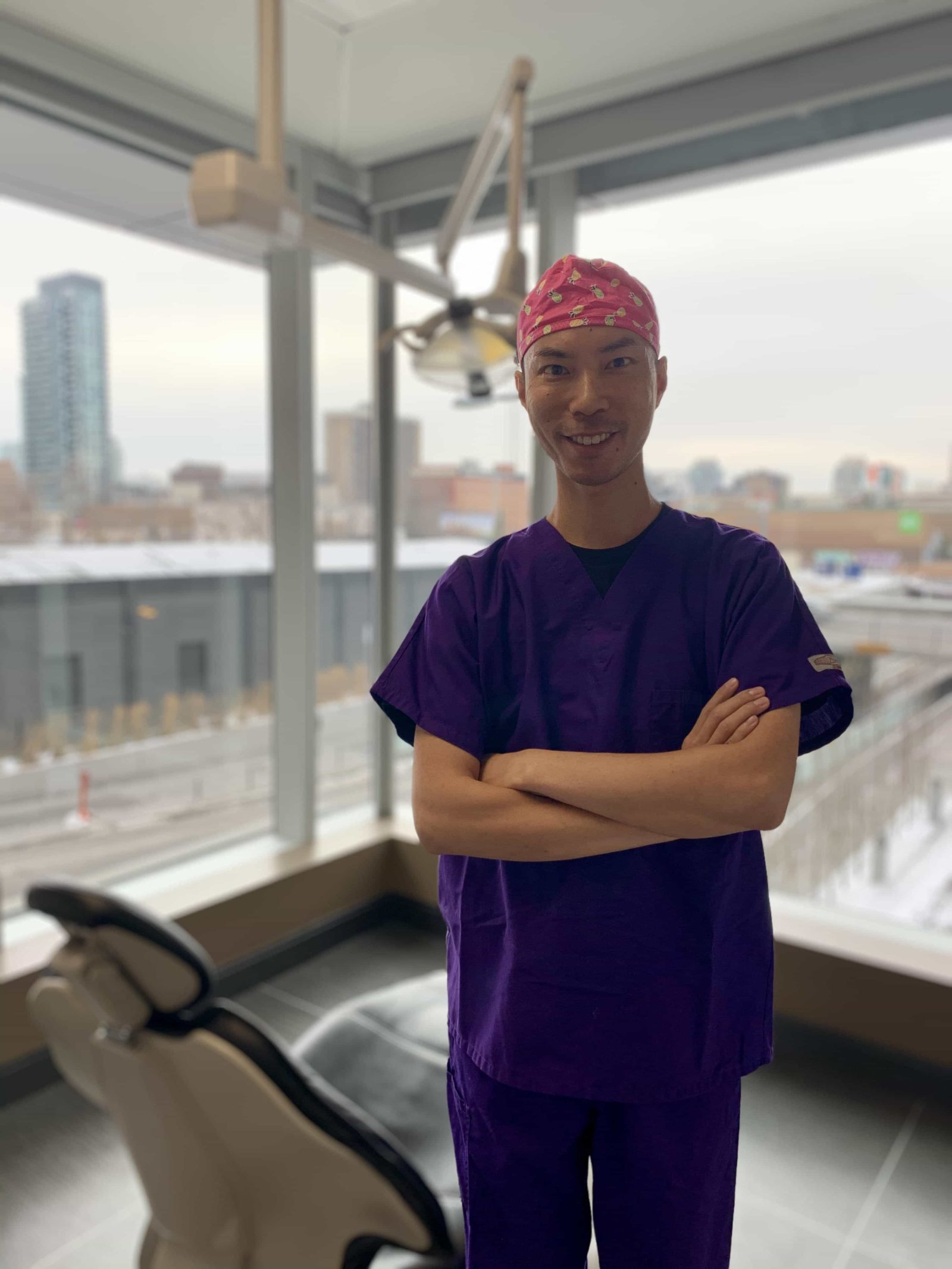When the time has come to address a missing tooth, many patients consider receiving a dental implant. This choice is no surprise given their ability to restore natural-like function. They also can flawlessly mimic the appearance of your original teeth. However, not everyone has a jawbone that can support implants. In those who are missing teeth, it’s common for the bone to break down. When this goes far enough, their jawbone may be unable to support implants. Thankfully there are options for restoring lost bone. The most common method is known as a dental bone graft. This procedure restores both volume and density to your jawbone.
Understanding Dental Bone Grafts And How They Help You Get Implants
When you need to restore missing bone or reinforce existing bone, bone grafts can be the answer. While our bones can often regenerate lost material, there are some limitations. Bone grafts help overcome those limitations by aiding the regeneration of lost bone. This aid is provided by applying bone graft material onto the affected area. As natural bone growth occurs, it will absorb this grafted material, strengthening the bone.
Bone graft material comes in four forms:
- Autograft – This material is extracted from the patient’s body. It is most often taken from the hip, chin, or shins.
- Allograft – Sourced from another human donor, typically a cadaver. Before use, it is sterilized and treated to prevent rejection and eliminate disease.
- Xenograft – This form of grafting material comes from animals, typically cows.
- Alloplast – Hydroxyapatite occurs naturally in our bones. This restoration is derived from it.
Of all four forms, autografts are the preferred source of graft material. However, your dentist may determine that another source is necessary in your case.
Why You May Need To Receive A Dental Bone Graft
If you’ve experienced dental health concerns that have resulted in the loss of bone, a graft may be necessary. Developmental defects, missing teeth, genetic concerns, aging, and periodontal disease are common reasons for needing a graft. If you’ve had a tooth extracted and are now considering an implant, your dentist may suggest a bone graft. Nearly half of all implant procedures require a bone graft.
What’s Involved In Getting a Bone Graft?
Bone grafts are a relatively routine procedure in modern dentistry. Preparing for yours will involve a meeting with either an oral surgeon or a periodontist. During your consultation, they’ll determine the suitable bone material for your procedure. They’ll also produce a treatment plan to ensure the best chances of success. While each bone graft is different, you can expect to experience the following during yours:
- Anesthesia – The surgical site will be numbed. You may undergo general anesthesia if the material is coming from your own body.
- Extraction – Those getting an autograft will have the material removed at this stage.
- Insertion – The graft material will be applied to the desired location.
- Stitching – The surgical site will be closed using one of several methods depending on your need.
- Recovery – Most implant patients will go home on the day of their procedure. If you underwent general anesthesia, you might need someone to drive you home. The healing period generally ranges from four to six months.
If you have an upcoming dental bone graft procedure, reach out to your dental care provider. They’ll be able to provide additional information specifically relevant to your case.


